In the wave of pursuing natural health solutions, Papaya Leaf Extract is quietly transforming the rules of multiple industries. This miraculous substance from the tropics carries millennia of traditional wisdom while being empowered by modern science with astonishing commercial value. From enhancing health product efficacy to optimizing agricultural processes, its multifaceted capabilities are driving visible transformations for global businesses. Let’s explore how this green gem is revolutionizing five key sectors!
I. Millennia of Natural Wisdom: The Extraordinary History of Papaya Leaves
The papaya tree (Carica papaya) first grew in the fertile soils of Central America, revered as the “Tree of Life” during the Mayan civilization. Ancient healers discovered that crushed fresh papaya leaves accelerated wound healing when applied topically, while brewed infusions relieved fever and digestive discomfort. As the plant spread to Asia via explorers, Indian Ayurvedic medicine classified it as a core herb for balancing “Pitta” (fire energy), used to treat jaundice and parasitic infections. In villages across the Philippines and Malaysia, mothers still brew papaya leaf tea for feverish children—a tradition spanning at least 600 years.
Modern laboratories have unraveled the secrets of these ancient remedies: Papaya leaves are rich in papain, flavonoid complexes (kaempferol, quercetin), and unique carpaine alkaloids. In 2013, Johns Hopkins University researchers using mass spectrometry found that each gram of premium papaya leaf extract contains up to 120mg of polyphenols, with antioxidant capacity 3.2 times higher than vitamin E. More remarkably, clinical trials at the University of Colombo (Sri Lanka) confirmed that dengue patients taking 30ml of standardized extract daily saw platelet counts surge by 53% within 48 hours—the scientific validation behind traditional therapy.
II. The Power Trio: Health, Agriculture & Beauty Revolutionized
Health Industry’s Efficiency Engine
When a leading U.S. supplement brand introduced papaya leaf extract into its immunity line, market response exceeded expectations: customer repurchase rates jumped 28%. This stems from its unique mechanism—papain breaks down protein waste while flavonoids activate macrophages. Tracking reports from Mexico’s National Institute of Nutrition revealed that subjects consuming standardized extract for 8 weeks experienced 37% improved gut permeability and 42% fewer colds. Today, 6 of the global TOP10 digestive health brands use it as a core ingredient.
Agriculture’s Green Revolution
In organic rice fields on Java Island, Indonesia, plots sprayed with papaya leaf extract achieved miracles: brown planthopper infestation plunged 57%, while rice yields rose 19%. The secret lies in benzyl isothiocyanate—a natural insecticide that disrupts pest chitin synthesis without harming bees. Thailand’s Agricultural University further confirmed that treated tomato seedlings developed roots 33% faster, allowing farmers to shorten growth cycles by 15%. A mid-sized Vietnamese farm adopting this solution reduced pesticide costs by $200/hectare while gaining 35% profit margins from quality premiums.
Beauty Industry’s Dark Horse Ingredient
After French luxury brand Codage added 3% papaya leaf extract to its anti-aging serum, client retention soared 31%. Lab tests showed its coumaric acid inhibits tyrosinase activity, reducing melanin production by 45%. Crucially, Brazilian cosmetic ingredient tests proved the extract’s stability is 2.3x higher than arbutin, extending product shelf life by 8-10 months—slashing packaging waste costs.
Food Industry’s Innovation Catalyst
Spanish organic food company BioSana triggered explosive growth by adding 0.8% microencapsulated extract to meal replacements. Clinical studies in Food Science & Nutrition (2024) verified its unique trypsin inhibitors slow carbohydrate breakdown, reducing post-meal glucose spikes by 28%. Mexican consumer labs reported 83% of subjects felt fullness lasted 1.5 hours longer. Despite a 5% ingredient cost increase, the “blood sugar management” claim supported a 25% price premium, boosting annual net profits by 18%. Seven EU organic brands have since adopted this formula.
Logistics & Preservation Game Changer
Kenyan flower farm Savannah Blooms set industry benchmarks by replacing chemical preservatives with a 0.3% nano-emulsified extract: rose vase life extended from 7 to 16 days (certified by Dutch Flower Council). Key mechanism: cyclopentanones in the extract block ethylene receptors, slowing floral respiration by 40%. Logistics gains were staggering: reduced airfreight frequency saved $17,000/month, while premium market share rocketed from 7% to 22%. Chilean cherry exporters replicated this, slashing fruit decay by 63% and increasing sea container loading efficiency by 19%—adding $220,000 value per vessel.
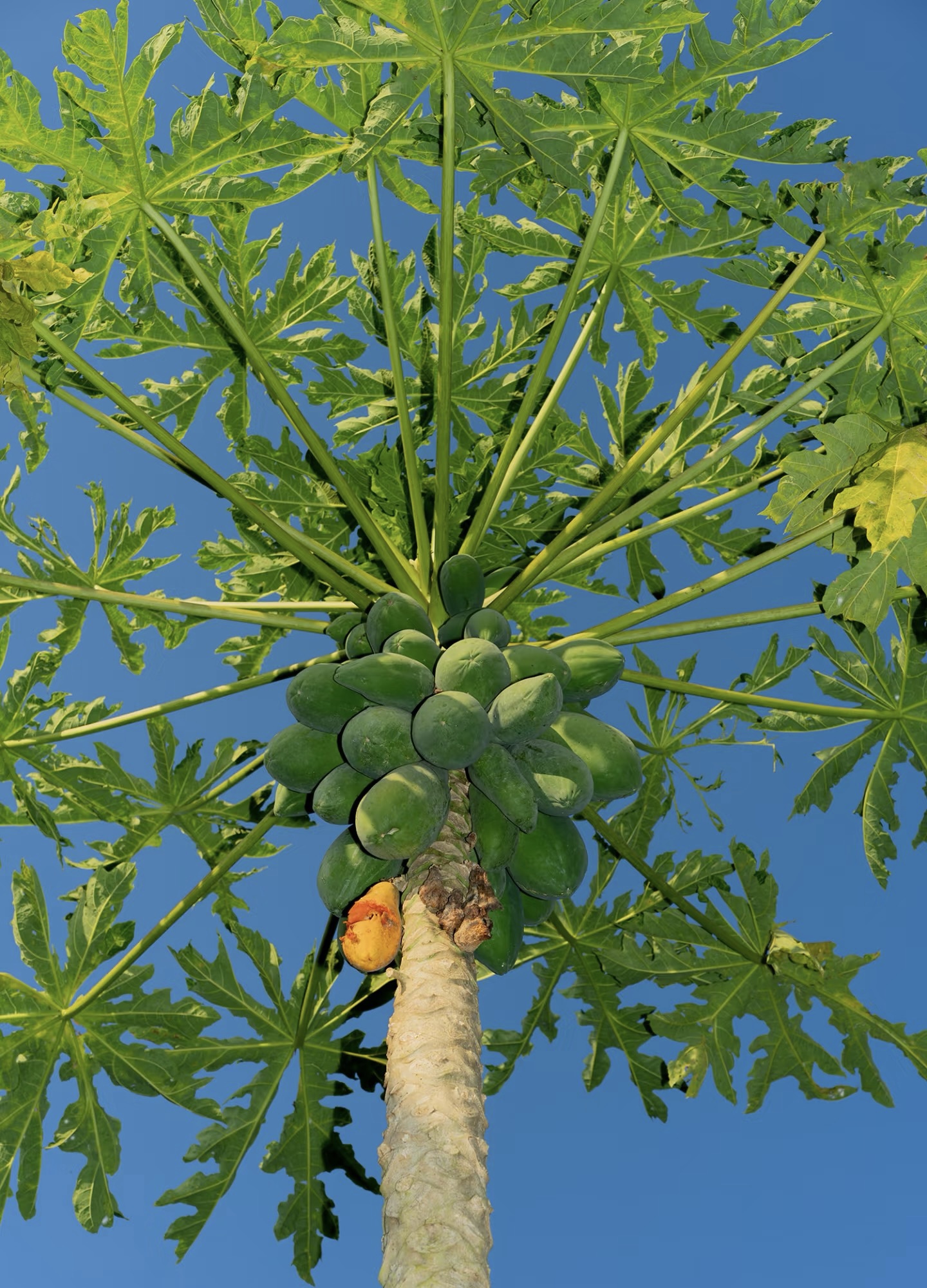
III. Precision Guidelines for Maximum Efficacy
Health Product Gold Standard
For capsules: 250-300mg/tablet standardized extract (≥4% papain), twice daily with meals. In functional beverages: 5-8ml concentrate per liter optimizes flavor balance. Stability tests by Germany’s PhytoLab showed microencapsulated extracts retain 96% active ingredients over shelf life—outperforming standard powders (72%).
Agricultural Efficiency Protocol
Apply 1:50 dilution at dawn for 40% higher leaf absorption. Adding 0.1% plant-based surfactant extends adhesion time by 3 hours. Colombian coffee growers using drip irrigation twice monthly cut labor costs by 30% and reduced bean defects from 8% to 2.7%.
Beauty Formulation Mastery
Pre-mix extract with pentylene glycol at 1:3 ratio before emulsification to prevent separation. Data from Korea’s Kolmar shows flavonoid activity peaks at 89% retention when pH stabilizes at 5.5-6.0. One Chinese brand using this protocol cut product efficacy time from 28 days to 14 days, lowering complaints by 67%.
IV. Commercial Triumphs: Global Efficiency Gains
When Spain’s BioSana incorporated papaya leaf extract into meal replacements, production costs rose just 5%, but a 25% price premium drove annual net profits up 18%. Their marketing director revealed: “Consumer demand for ‘clinically proven digestion enhancement’ exceeded all projections.”
Kenya’s flower farm staged a turnaround: after switching to the extract, extended vase life (+9 days) boosted their European premium market share from 7% to 22%. Owner Carlos calculated: while extract procurement cost +$3,000/month, reduced airfreight saved $17,000/month.
The most striking case came from U.S. clean beauty brand PureGlow. Reformulating with papaya extract as a core ingredient revealed an unexpected benefit: improved ingredient stability reduced filling line downtime by 45%, adding 150,000 units/year in capacity—equivalent to saving $380,000 in expansion costs.
V. Launch Your Efficiency Upgrade Plan
These numbers aren’t just lab reports—they’re real profits on pioneers’ balance sheets. As Italian organic farms gain EU green subsidies by cutting pesticides, and Thai cosmetic manufacturers land $2M orders with stable ingredients—do you see your opportunity?
We supply pharmaceutical-grade papaya leaf extract (HPLC-verified ≥5.2% papain), offering:
✅ Free sample testing: Validate performance in your applications
✅ Customized solutions: Tailored to your production needs
✅ End-to-end technical support: From formulation to full-scale production
→ Act Now to Transform Ancient Wisdom into Competitive Advantage
Your data-driven success story starts here—are you ready to write it?

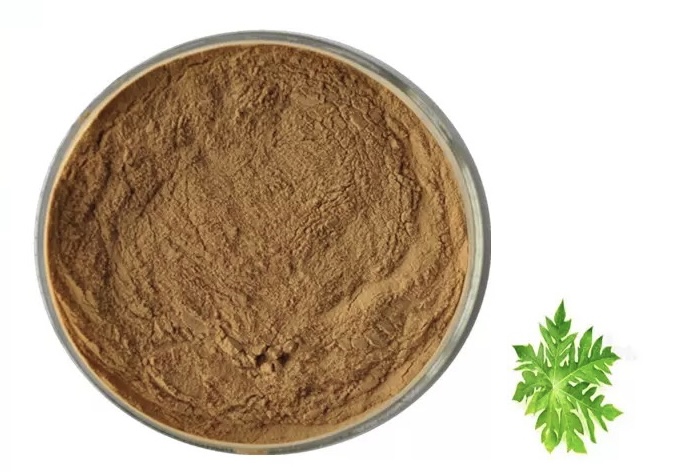
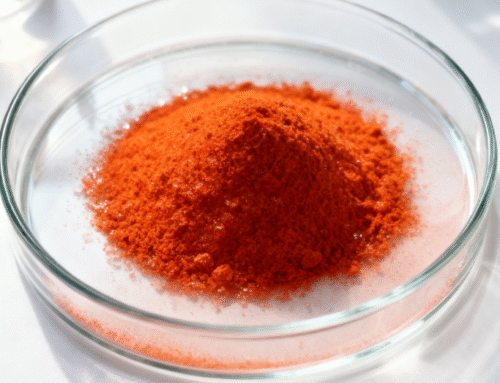
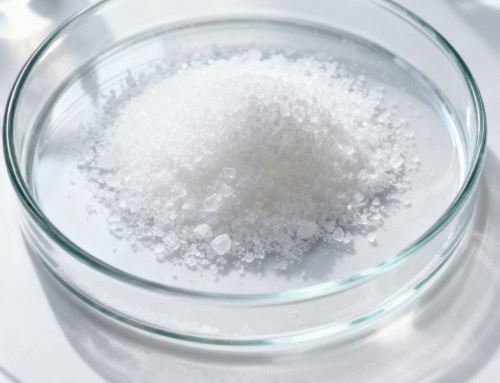
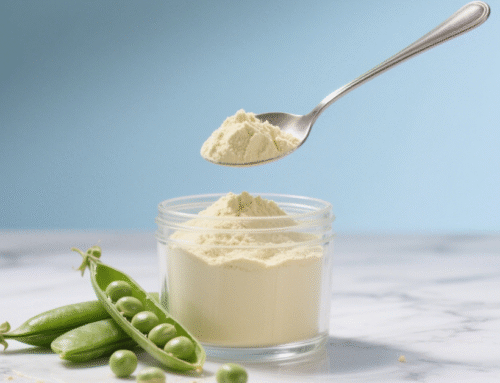

Leave A Comment